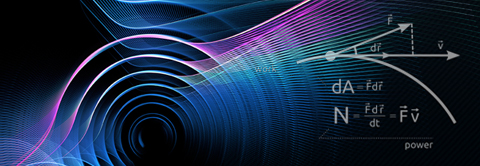| 날짜 | 2017-12-14 15:00 |
|---|---|
| 연사 | |
| 장소 | Seminar Room (C303), Creation Hall (3F), KAIST Munji Campus |
Since 2015, the advanced LIGO (Laser Interferometer Gravitational-wave Observatory) in USA and the advanced Virgo in Europe have been successfully discovering black holes and neutron stars via gravitational waves (GWs) in cosmological distances. After the original discovery of a black hole binary (BBH, GW150914) by LIGO, more BBHs are confirmed. The observed waveform of GWs from BBH coalescences (inspiral-merger-ringdown phases) are well described by Einstein's general relativity as well as approximations. LIGO-Virgo's another major breakthrough was thr discovery of GW170817. It is the first extragalactic neutron star - neutron star binary (NS-NS). It turned out that GW170817 is a progenitor of GRB170817A (independently discovered by the Fermi space telescope). Within 24 hrs since the discovery of GW170817, extensive international observation campaign were made using electromagnetic waves (from gamma rays to radio) as well as neutrinos. GW170817 will be recorded as one of the most successful global multi-messenger effort. With the discoveries of BBHs and NS-NS by LIGO and Virgo, GW astronomy has truly begun. The next decades will be a golden era for stellar astrophysics and many surprises are expected. Furthermore, cosmology with GWs seems also promising. Distance measure by GWs for GW170817 (at 40 Mpc) is already powerful enough to put constraints on the Hubble constant. In future, there will be a global network of GW observatories on Earth and in space and broader frequency ranges will be accessible in GWs. In this talk, I will present the highlights of GW astronomy and astrophysics based the LIGO-Virgo observations so far. I will also discuss the prospects of multi-messenger astronomy.







